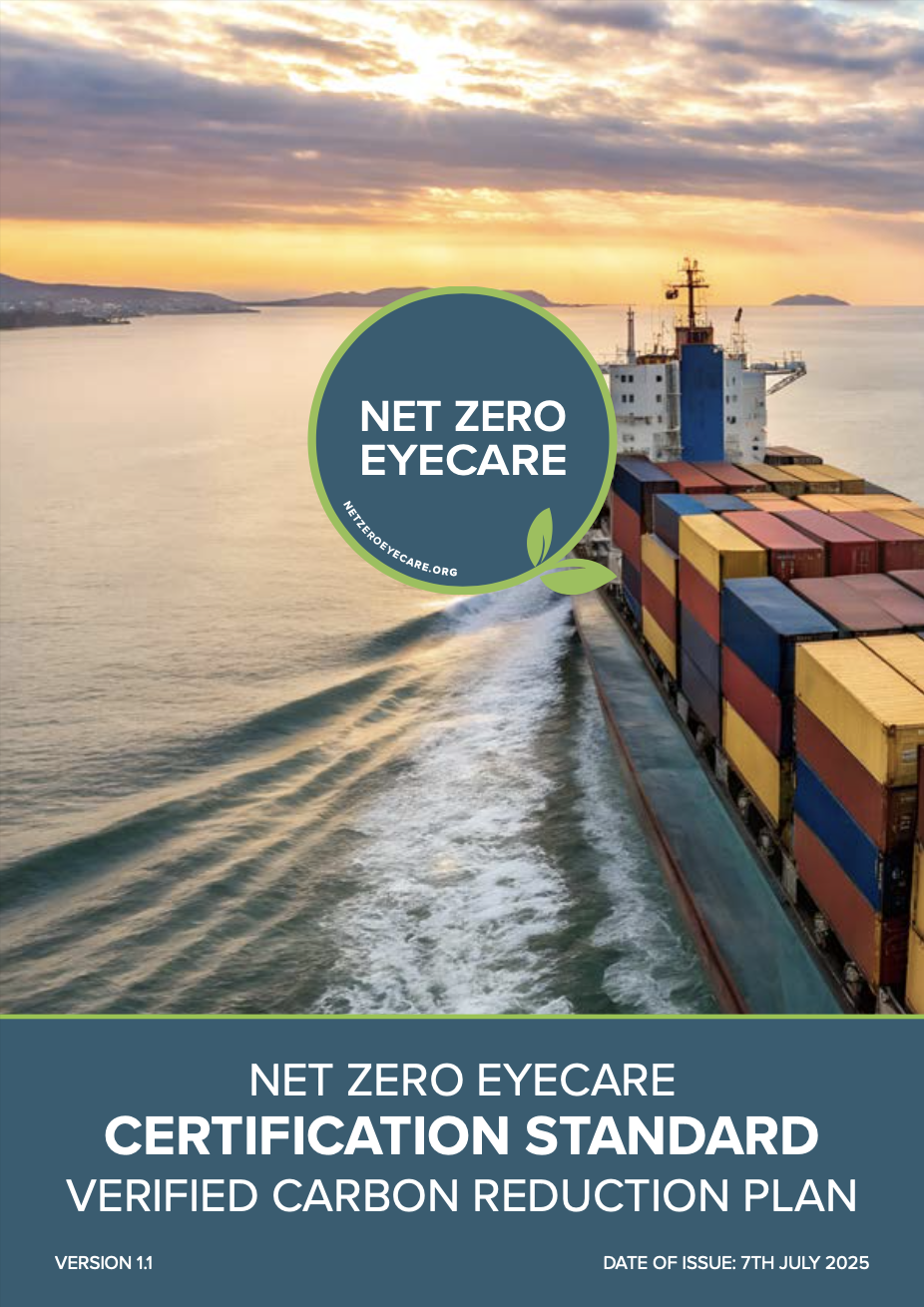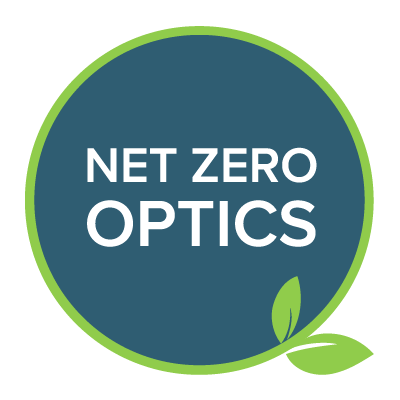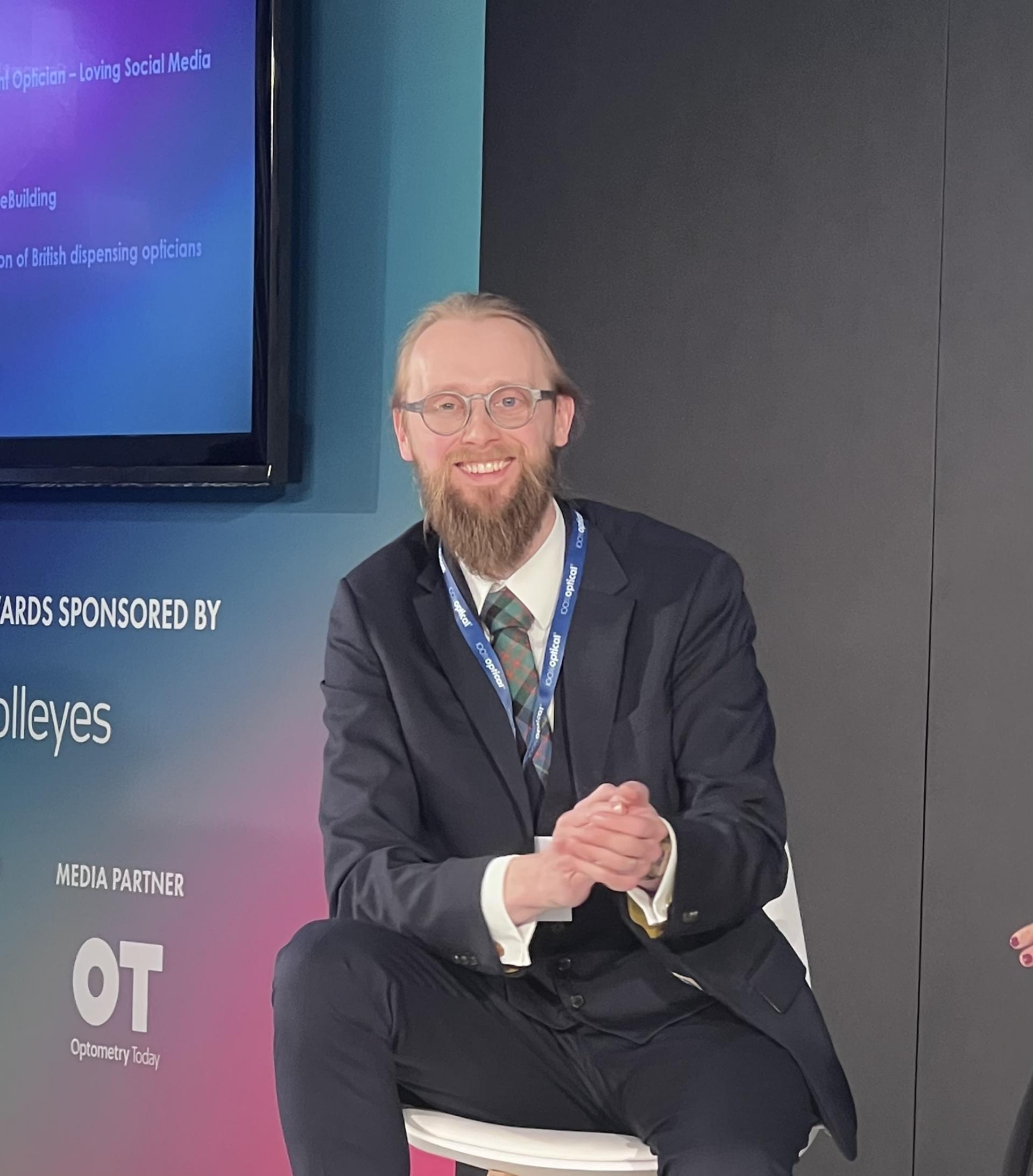Verified Carbon Reductions
Introduction
One thing that cannot be disputed is the importance of meaningful reductions to global greenhouse gas (GHG) emissions. The Science-Based Targets Initiative (SBTi) are clear on what will be necessary to limit global heating to 1.5º by 2100; a reduction of current GHG emissions by nearly 50% by 2030, and by over 90% by 2050, to reach a state of “Net Zero” by negating the residual 10% through atmospheric carbon removal projects.
Many nations and corporate entities have made commitments to achieve Net Zero emissions by 2050 or earlier… however, to date, global emissions have continued to rise!
Due to poorly enacted emissions reductions to date, Earth is now projected to surpass the 1.5º warming threshold before 2030; over a decade earlier than initially predicted. With that threshold breach now almost certain, the critical factor that humanity must play for is how greatly we exceed 1.5º warming before getting control over Earth’s climate and precipitating cooling back down to the 1.5º mark by 2100. Every fraction of a degree over 1.5º increases the challenge, and the threat of irreversibly destabilising Earth’s systems, exponentially.
It is imperative that we collectively commit to achieving Net Zero emissions off the back of circa 95% reduction in global GHG emissions by 2050 at the latest, with rapid and substantial reductions made by 2030. Though the question remains, how will we achieve this?
When one considers that our current carbon emissions are directly tied to the very things that allow our businesses to function (ie powering the movement of people and products through a value chain) the mere concept of reducing emissions can be hard to de-couple from reducing business activity – and that can be daunting, to say the least.
The purpose of this standard is to make the concept of carbon reductions more accessible and realistic for businesses of all sizes, to activate SME leaders into taking ambitious and meaningful reductions action even into Scope 3 categories, and to provide trusted, third-party reassurance that an entity is truly doing what it can to facilitate GHG reductions throughout the value chain with the aim of limiting global heating to 1.5º.
As a final note, this standard includes more introductory information that other Net Zero Eyecare standards published to date. This is to specifically highlight the importance, and challenges, of making emissions reductions. Instead of simply referencing other published standards like the GHG Protocol’s corporate standard, this VCRP standard presents a summary of these standards and the decision-making processes that go into setting and acting on carbon reduction targets.




